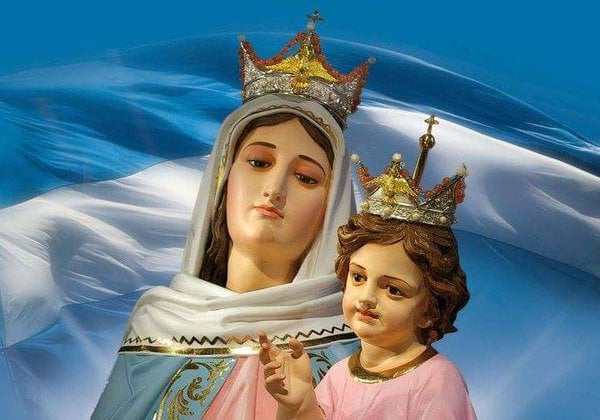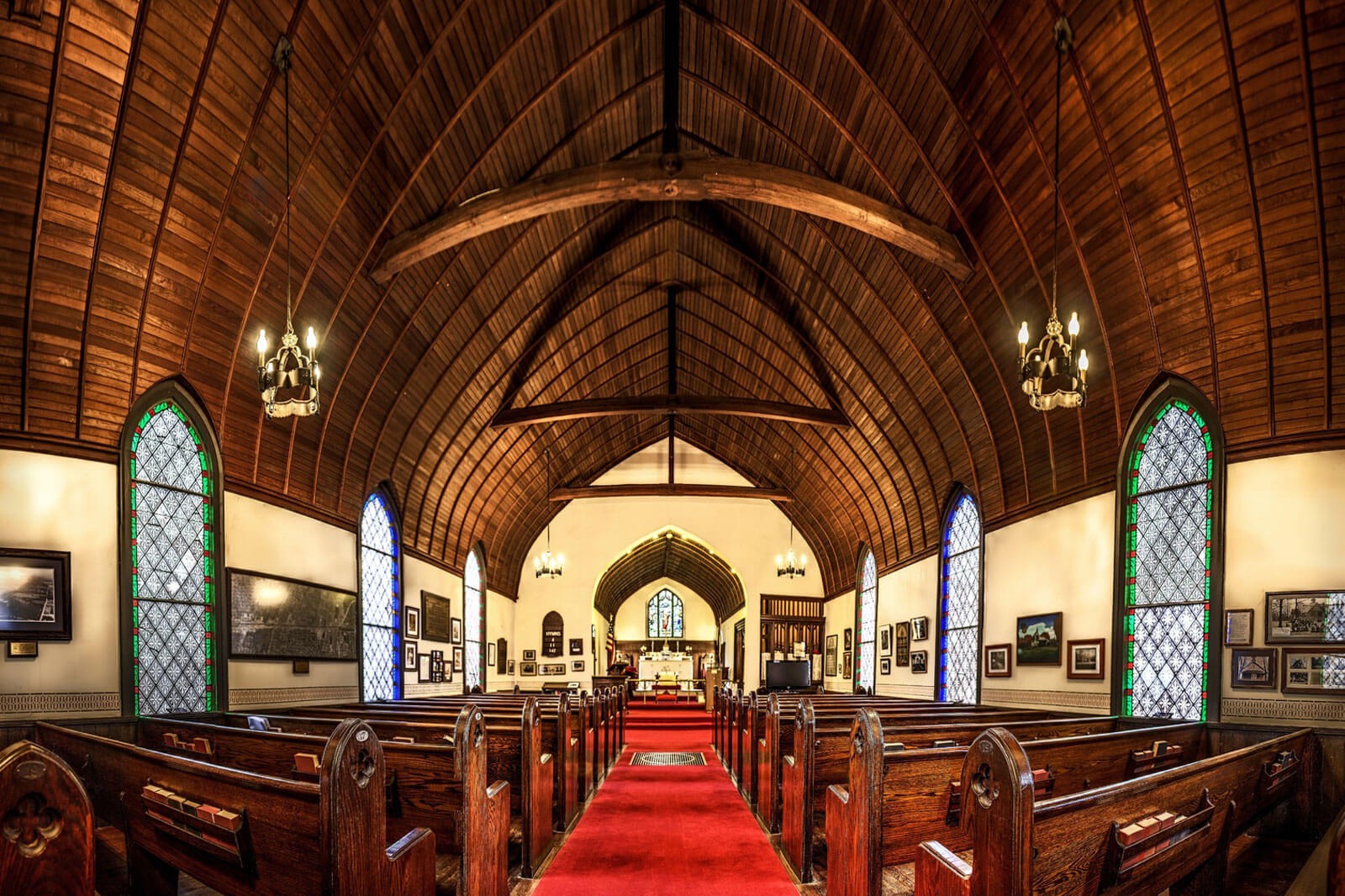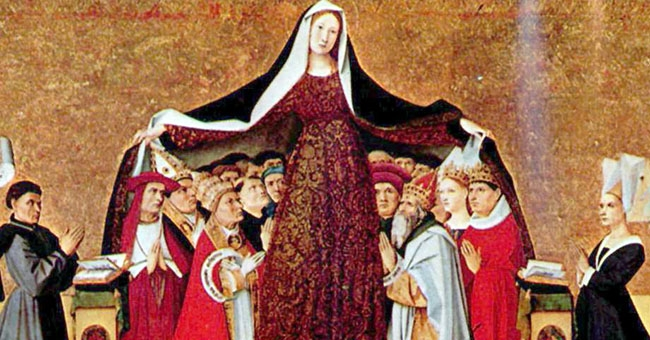Get Involved
Explore narratives illustrating the positive impact contributions social responsibility and collaboration.

God’s light in darkness
View More

Worship in spirit and truth
View More

Living water for the soul
View More

Grace for every moment
View More

About Mother & Refuge
End time entreaties of Mary and Jesus
My beloveds, this is the beginning of the tribulation, but you should not fear as long as you kneel and acknowledge Jesus, God, One and Three. Humanity has turned its back on God because of modernism and licentiousness, but I ask you: to whom will you go when all that you have now disappears? Whom will you ask for help when you no longer have anything to eat? And it will be then that you will remember God! Do not reach that point, because He, too, might not recognize you. (Our Lady to Gisella – November 24, 2020)

Support Our Mission
Your donation means a lot to them. Donate what you can.


Large collection of Powerful Prayers and Spiritual Guidance
Love this prayer book. I just found it a bit expensive. Small Coloured pictures throughout. Large collection of powerful prayers and spiritual advice. Will help souls in these troubled times.
T.M
Amazon Reader
From The Blog
Latest News Blog Articles & Tips
-
HOLY ROSARY TO THE QUEEN AND MOTHER OF THE END TIMES
(Dictated by St. Michael the Archangel to Luz de Maria, 10.17.2022) OFFERING Mother, you who see…
-





